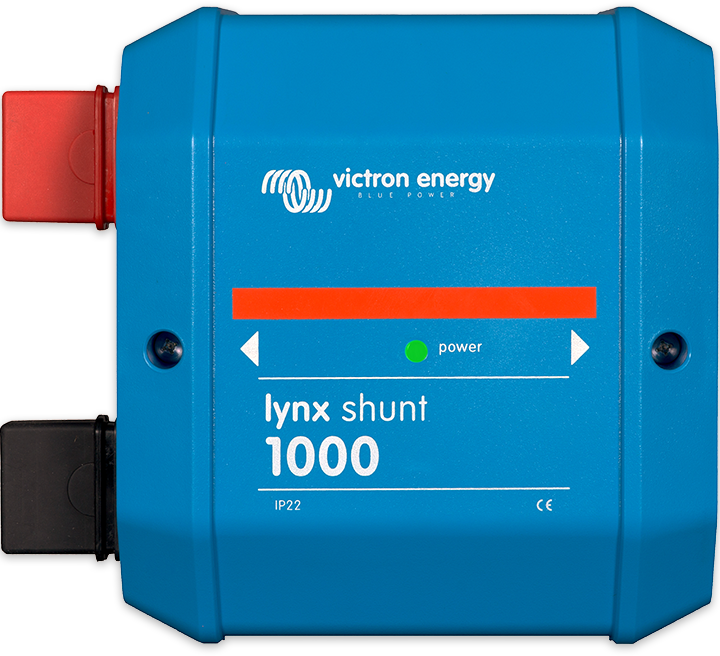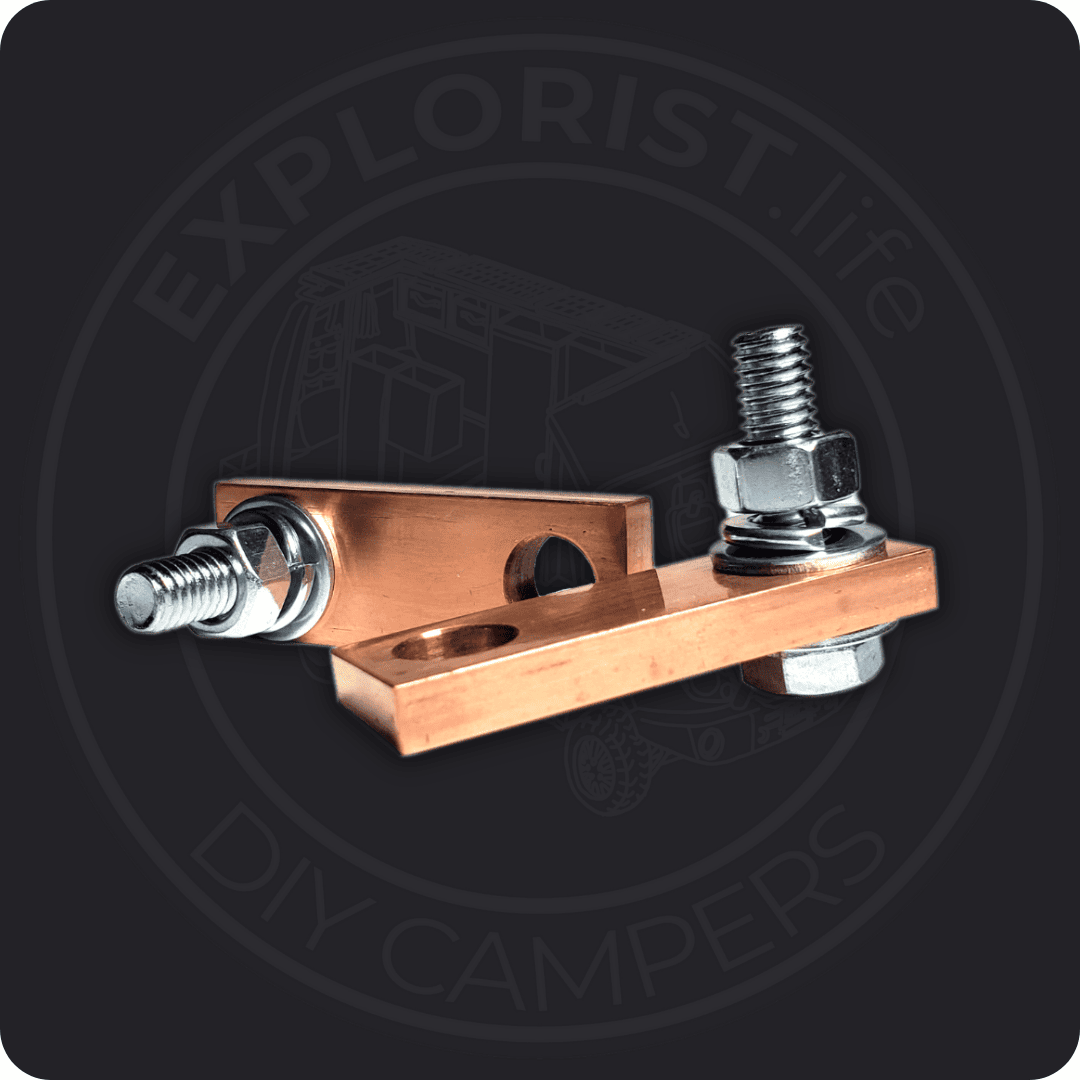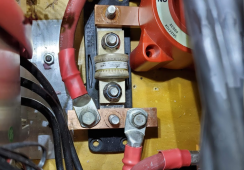Ranger Rick
Here comes the sun
I am a neophyte to RV solar systems. I’ve been using a Renogy 100w solar suitcase to charge lead acid RV batteries for 5 years. Now, I’ve purchased a used 2020 Grand Design 5th wheel that was used only full-time at a building site. It was on a 50amp service and propane.
I have one new REC N-Peak 2 370 watt panel from a residential job. VOC of 41.1v and also 10.7 amps. I also have two SOK 12v 100Ah LiFePO4 batteries.
My initial plan is to run from the battery bank a VE SmartShunt negative line and a terminal 400amp positive 4/0 cables to a VE Lynx Distributor
Then use the Lynx to distribute lines to a Victron 100/50 Smart Solar Charge Controller, the RV's 12v distribution/converter box (checking lithium compatibility), and a DC to DC 20a charger from my truck. I will save the 4th Lynx line for a future 3k or 2k Inverter/Charger. I have never used high watt devices (microwave, air conditioners, Kuerig, in trailer camping the last 10+ years.
My questions are:
I have one new REC N-Peak 2 370 watt panel from a residential job. VOC of 41.1v and also 10.7 amps. I also have two SOK 12v 100Ah LiFePO4 batteries.
My initial plan is to run from the battery bank a VE SmartShunt negative line and a terminal 400amp positive 4/0 cables to a VE Lynx Distributor
Then use the Lynx to distribute lines to a Victron 100/50 Smart Solar Charge Controller, the RV's 12v distribution/converter box (checking lithium compatibility), and a DC to DC 20a charger from my truck. I will save the 4th Lynx line for a future 3k or 2k Inverter/Charger. I have never used high watt devices (microwave, air conditioners, Kuerig, in trailer camping the last 10+ years.
My questions are:
- What do you recommend for the battery end? Anchoring the Smart Shunt and T-fuse directly to the battery? Or, use a shunt bar? Or other?
- What fuses are recommended for inside the Lynx?
- When I do expand with an I/C, more batteries and another panel, how are higher watt PVs compatible with a 12/volt battery bank? I’ve seen some systems with 1,000+ watt solar panels while also seeing that there is a ~600w PV limit in 12v systems.






